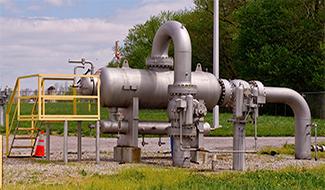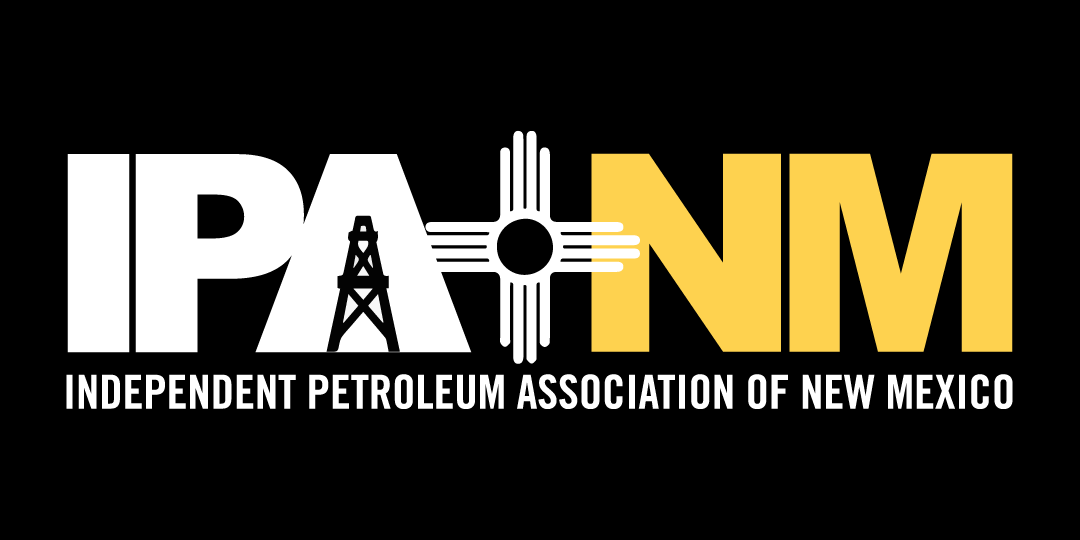Carlsbad Current Argus (Sept. 21, 2020) – A facility that would inject liquid oilfield waste underground could be coming to the Delaware Basin in New Mexico after state regulators recently approved the needed permits for the facility.
Milestone Environmental Services announced the completion of the permitting process via the New Mexico Oil Conservation Division on Tuesday for a slurry injection facility located near Jal — the company’s first facility in New Mexico.
Milestone currently owns and operates similar facilities throughout the Permian Basin region in Texas in Midland, Pecos and Orla which also hosts a landfill for solid oilfield waste.
Milestone Chief Executive Officer Gabriel Rio said the company’s method of slurry injection targets deep, underground areas up to 6,000 feet deep that are isolated by geologically protected areas.
Slurry, which is mostly made of excess crude oil and drilling mud, has too much liquid to be disposed of in landfills without costly processes that typically involve mixing dirt with the liquid to solidify and leaves the waste on the surface to potentially emit air-polluting materials.
It also has too many solids for disposal through a saltwater disposal facility usually used for produced water and would also be too costly to treat and recycle, Rio said.
He said Milestone’s method of deep disposal injection provides a cost-effective and environmentally safe way to isolate the waste underground.
“It helps reduce cost, but it also has a very strong environmental benefit,” he said. “Instead of that material being put on the surface, that stuff is not going to be volatized and go into the air. It’s going to be sequestered a mile below the water table. It enables operators to reduce their environmental impact.”
Rio said the state was an important place for the company to operate as the industry recently boomed in the southeast region, and tighter environmental regulations could make a stronger market for waste management than in Texas.
In New Mexico, operators are barred from disposing of waste on-site, unlike Texas, and often must use a third party such as Milestone at a separate location.
“New Mexico will be a very important extension for us,” Rio said. “Environmental regulations are tighter, so New Mexico needs to be able to process more volumes of these waste streams.
“There’s also a lot of drilling activity in New Mexico. It’s been one of the more resilient areas. The northern Delaware (Basin) in New Mexico seems to be one of the more productive areas, despite the environmental regulations.”
But as the COVID-19 pandemic took hold of New Mexico and the world, global fuel demands slumped and the market for oil saw historic declines.
This led to a reduction in operations throughout the U.S. and in the Permian.
As of Sept. 11, New Mexico had 46 active rigs, down from 108 a year ago, per the latest data from Baker Hughes.
Texas was down to 105 rigs, records show, from 430 in September 2019.
The Permian Basin lost 295 rigs in the last year, from 419 a year ago to 124 on Sept. 11, the data showed.
“The impact on the industry has been profound,” Rio said. “We’ve certainly been affected just like everyone else in the oilfield. We’ve had to reduce costs and let people go. The oilfield is in a tough spot and I think it will take a few years for the industry to recover.”
But he said he was optimistic for the facility as a needed service for the oil and gas operations still ongoing in the region amid the pandemic.
“We don’t believe the rig county is going to go any lower than it is,” Rio said. “If we can make this facility work during these market conditions we should be able to when things return to normal.”


